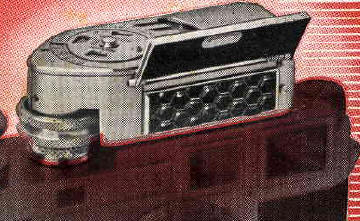

Many of the Leica lenses are sublime though, so if you go for one you will generally get your moneys worth. While lenses made by Leica themselves are generally expensive there are so many other options that even building up a small kit needn’t be more expensive than for any other system. Most everything is well made, compact and usually with great performance too.


While there isn’t much in the way of zooms or tilt/shifts everything else is available many times over in as many flavors as you could ever ask for. On any M-mount camera you can shoot anything from uncoated lenses made in the early 1930’s to highly corrected contemporary lenses. No system is better than the lenses available for it and in this regard the M-mount is an absolute standout. It also makes it rewarding to shoot as you are more responsible than the camera for the end results, rather than the other way around. It feels like one of few digital cameras it’s possible to truly know. This might sound like a disadvantage, but actually ends up lending the M9 a great sense of functional clarity. The M9 does very little and offers few features to help you out.
#Trouble shoot leica acquire skin
The clean visual lines stand out at first glance and undeniably made me admire Leicas for years from afar, but the timeless silhouette turns out to be more than skin deep. The strive for excess is so prevalent today that restraint almost seems to become provocative.Ĭompared to most cameras from the past few decades the M9 is striking in its simplicity. I upgraded to the M9 within weeks, so the M8 almost doesn’t count. * I did actually get a Leica M8 first, at a price I couldn’t resist and fell in love with it instantly. These still stand as the best reasons it’s such a compelling camera, despite being objectively surpassed by more recent releases. The M9 was practically my first Leica* as well as my first rangefinder. I guess I’ll try to start at the beginning.


 0 kommentar(er)
0 kommentar(er)
